Optimal Timing for Butcher Block Installation
Choosing the optimal time for butcher block installations can influence the quality and longevity of the surface. Proper timing ensures ideal conditions for installation, minimizing issues related to moisture, temperature, and humidity.
Installing during moderate weather conditions reduces the risk of wood expansion or contraction, which can occur with temperature fluctuations.
Most installations are best performed indoors when environmental conditions are controlled, ensuring proper acclimation of the wood.
Scheduling installations during periods with fewer external commitments can allow for proper curing and settling of the butcher block.
Low humidity seasons help prevent excessive moisture absorption, which can cause warping or cracking.
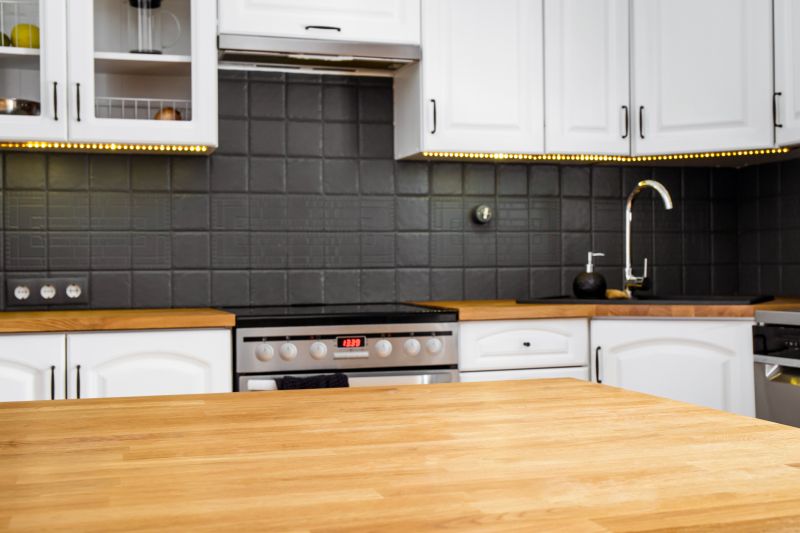
Spring offers moderate temperatures and humidity, ideal for installation.
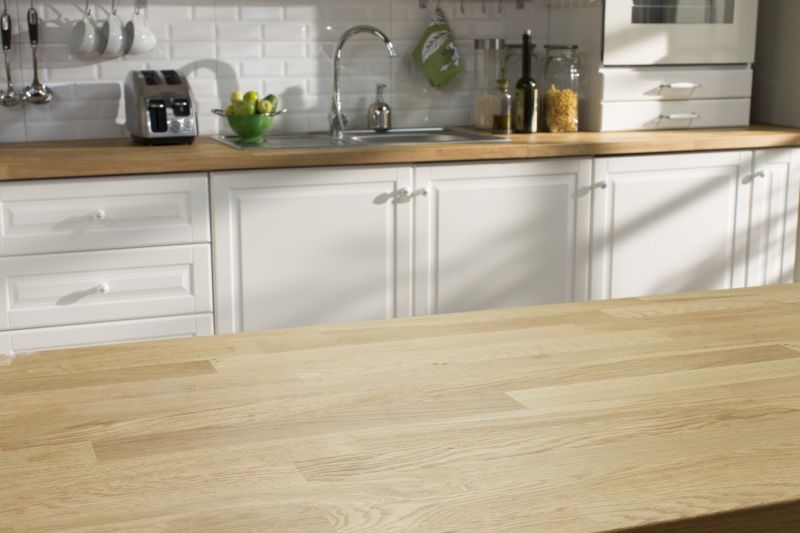
High temperatures and humidity require careful planning to prevent wood warping.
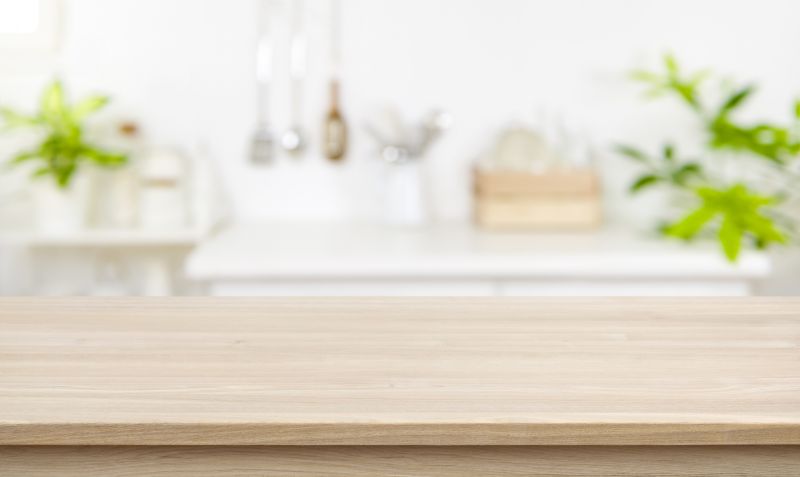
Cooler, drier months can be suitable if indoor conditions are controlled and the wood is properly acclimated.
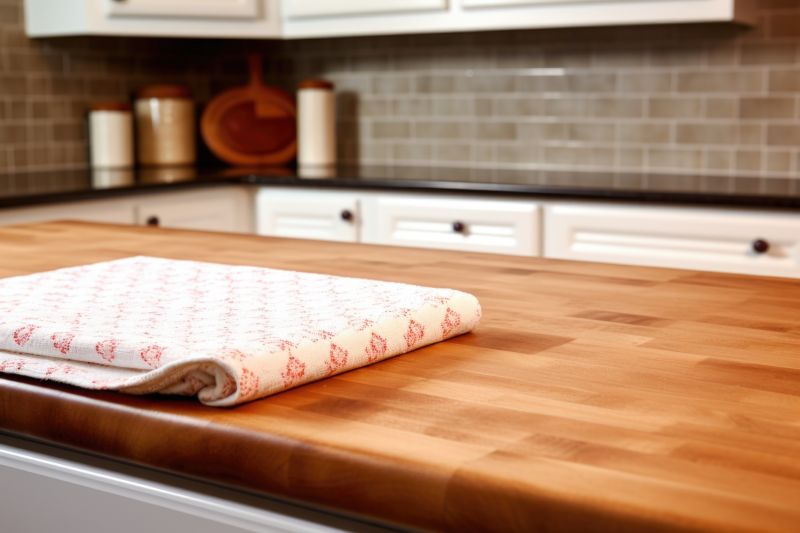
Ways to make Butcher Block Installations work in tight or awkward layouts.
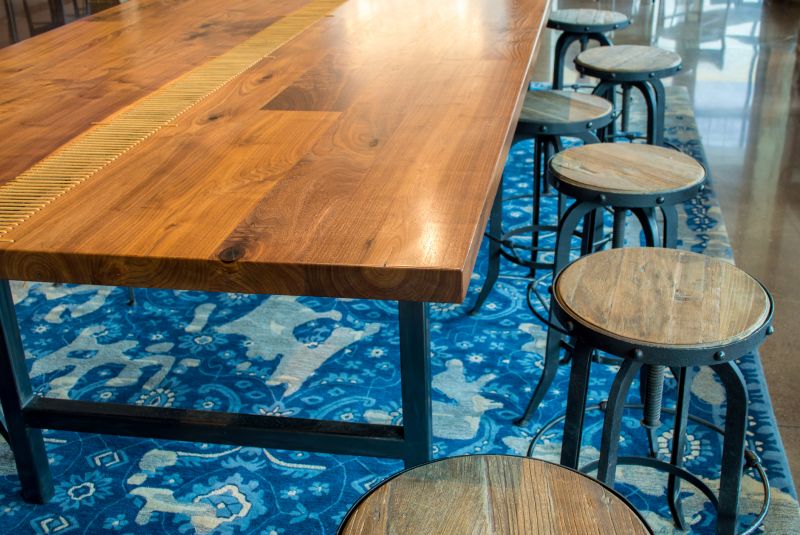
Popular materials for Butcher Block Installations and why they hold up over time.

Simple add-ons that improve Butcher Block Installations without blowing the budget.
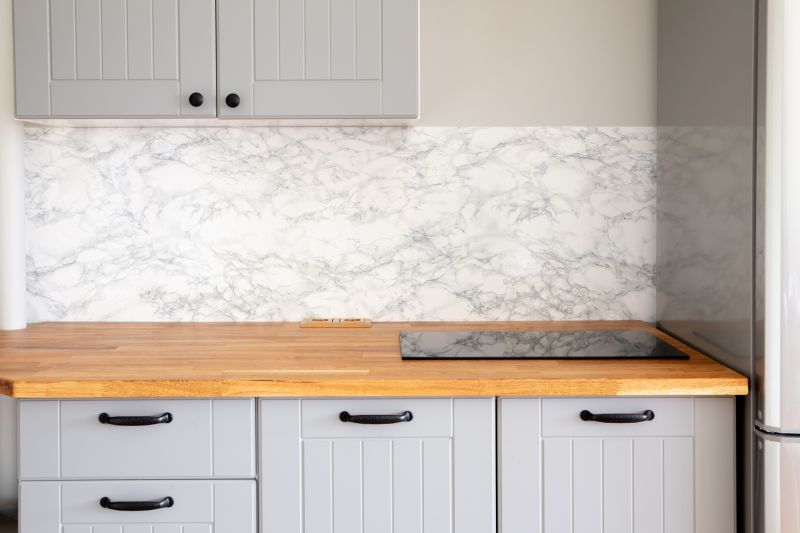
High-end options that actually feel worth it for Butcher Block Installations.
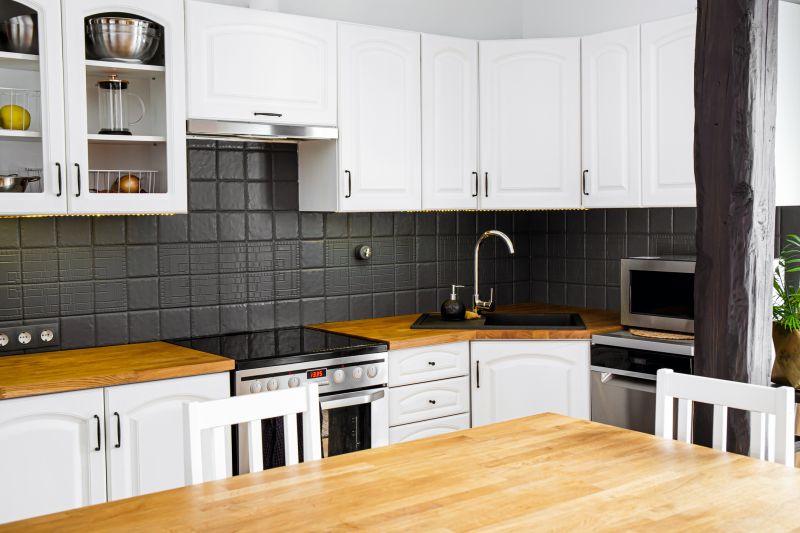
Finishes and colors that play nicely with Butcher Block Installations.
| Season | Ideal Conditions |
|---|---|
| Spring | Moderate temperatures and humidity, optimal for acclimation. |
| Summer | Requires climate control to prevent warping. |
| Fall | Good for installation if indoor conditions are stable. |
| Winter | Suitable with proper indoor climate management. |
| Late Summer/Early Fall | Transition period with stable conditions. |
Butcher block installations involve preparing the surface, ensuring proper acclimation of the wood, and precise fitting to achieve a durable and attractive finish. The timing of installation can significantly affect the outcome, with ideal conditions promoting better adhesion, reduced warping, and longer-lasting surfaces.
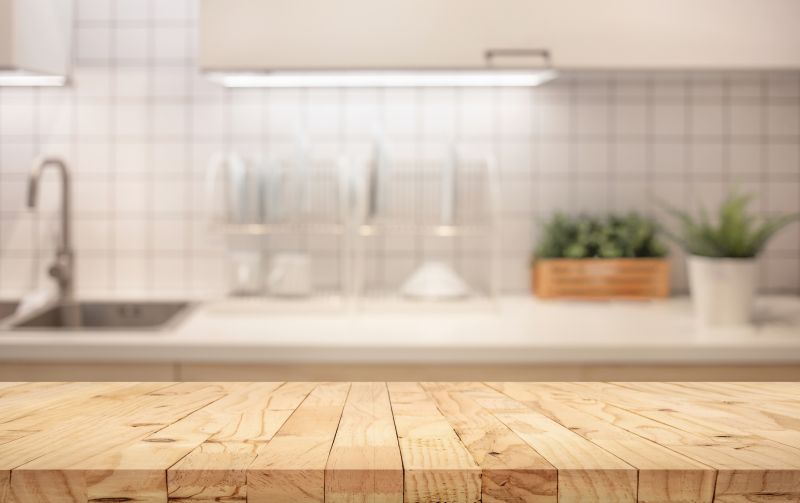
Showcasing a well-fitted, sealed surface.
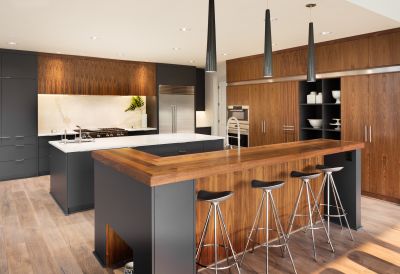
Indoor installation with climate control.
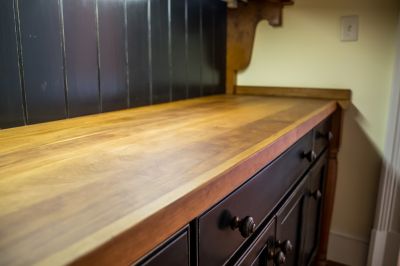
Essential equipment for precise fitting.
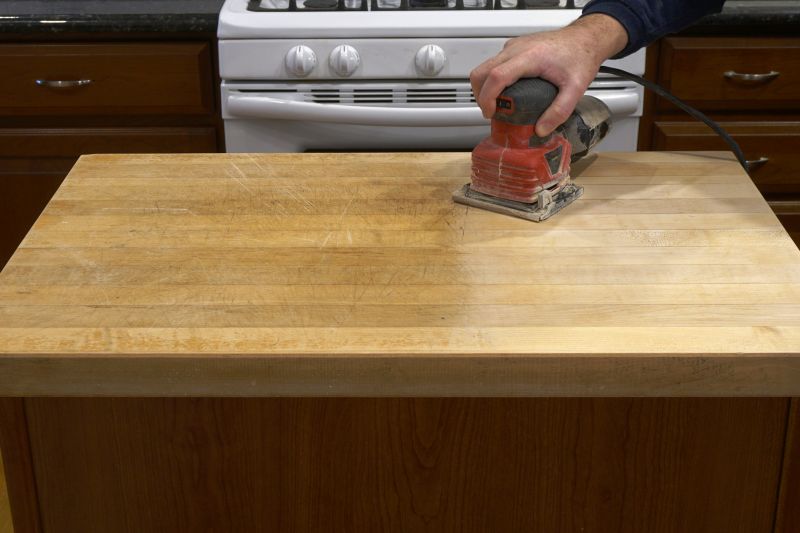
Smooth, sealed, and ready for use.
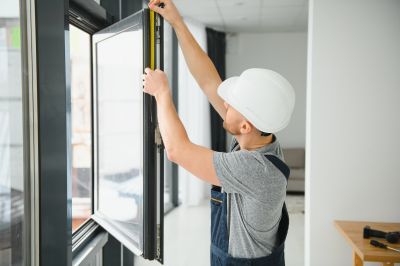
Little measurements that prevent headaches on Butcher Block Installations day.

A 60-second routine that keeps Butcher Block Installations looking new.
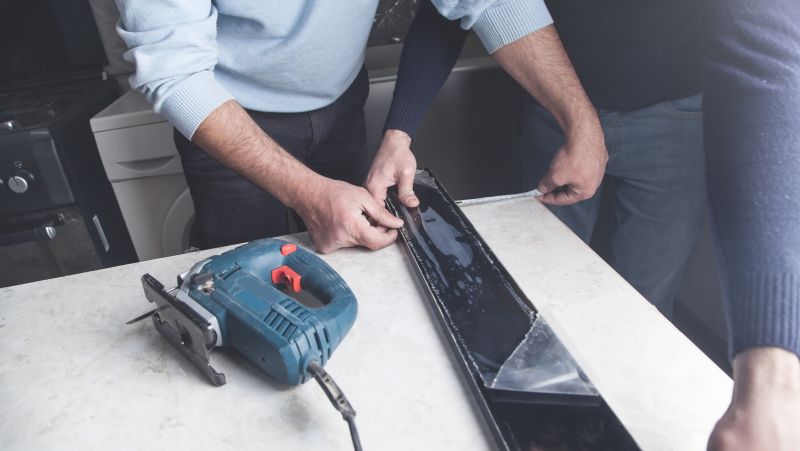
A frequent mistake in Butcher Block Installations and how to dodge it.

Small tweaks to make Butcher Block Installations safer and easier to use.
Interested in scheduling a butcher block installation? Filling out the contact form can provide more information and help plan for the optimal timing based on specific environmental conditions and project requirements.



